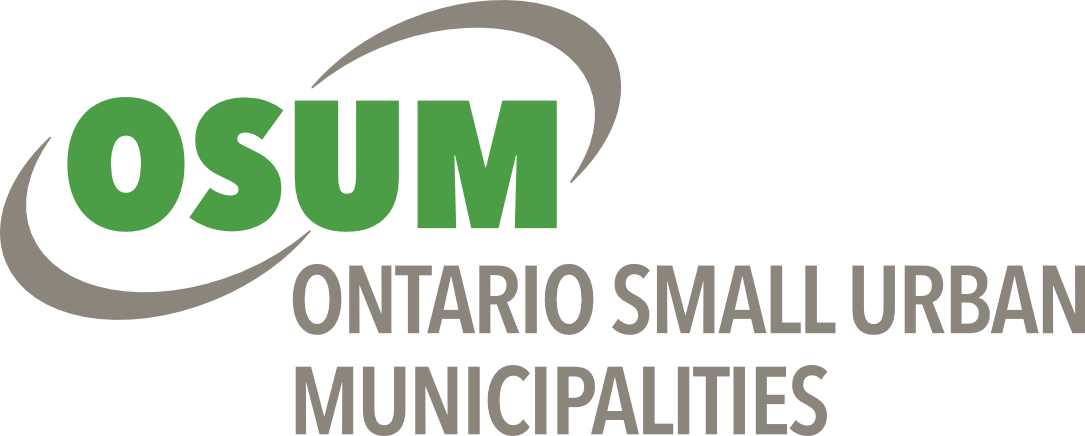Growth Essentials #2 – Active Transportation
A single active transportation investment creates a variety of community benefits.
Not only do they improve personal health and environmental sustainability, but they can provide tangible results like reducing traffic congestion and enhancing connectivity.
More than 69,500 kilometres of municipal paths, trails, bikeways, and sidewalks help Ontarians get where they need to go without using a car. Whether on a lively urban boulevard, sleepy suburban street, or immersed within nature, this infrastructure efficiently connects people with their community.
To achieve future growth, it’s essential to have different transportation options and to not rely entirely on bulky vehicles. Reducing congestion on roads and enabling higher density development are both key factors of supporting growth that active transportation makes possible.
Communities across Ontario are investing the CCBF to support a healthier and happier future including the examples below:
- The City of Guelph invested the CCBF towards a $1.7 million project connecting a residential area to a key business area with 2.1 kilometres of safe pedestrian and cycling infrastructure. 60 businesses in the area will benefit from this connection.
- The Town of Cobourg used the CCBF to invest in a $600,000 sidewalk installation project. The project supports ongoing development and public safety in several areas that were identified as priorities by the Town’s Transportation Master Plan.
- The City of Richmond Hill is investing $365,000 to improve traffic safety and operations for pedestrians, cyclists, motorists, and business owners. Upgrades are being made with pedestrian crossings, traffic calming devices, curb cuts, and signage around schools.





